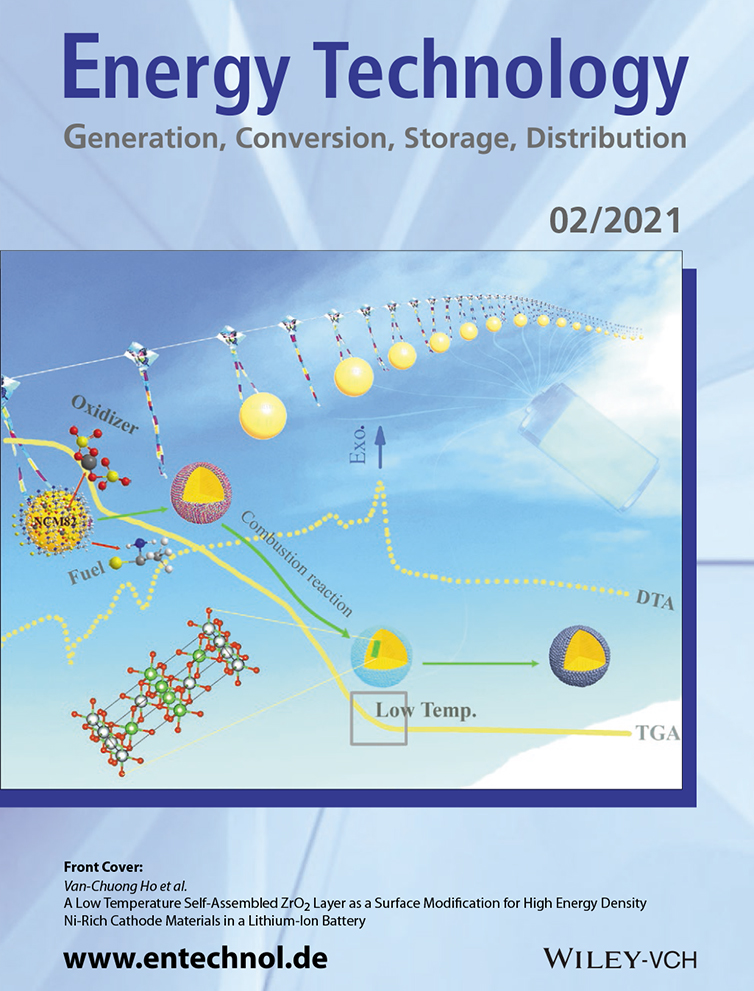Probabilistic Steady State Voltage Stability Assessment Method for Correlated Wind Energy and Solar Photovoltaic Integrated Power Systems
Abstract
Herein, a novel method for the assessment of steady state probabilistic voltage stability margins (PVSMs) in power systems considering generation and load demand uncertainty is investigated. The steady state VSM in an uncertain environment is jointly analyzed through continuous power flow (CPF) and the three point estimation method (3PEM). The statistical distribution of the VSM is obtained using Cornish–Fisher (CF) expansion series. Results are compared with the benchmark Monte Carlo simulation method. Probabilistic models of grid-connected wind and solar photovoltaic energy sources are utilized in this study. For identification of weak/strong buses and contingency ranking of transmission lines, a steady state voltage stability index, the L-index, is utilized. The validation of the proposed method is analyzed through IEEE 24 bus and 118 bus test systems. For a realistic study of the system, correlations among wind speeds, solar power outputs, and load demands are considered with various static load models, i.e., constant impedance (CZ), constant current (CI), constant power (CP), and ZIP. Moreover, the concept of relative electrical distance (RED) is applied for selecting the conventional generators for power balancing. The results reveal that factors such as load characteristics and correlations have significant effects on PVSM.
Conflict of Interest
The authors declare no conflict of interest.




